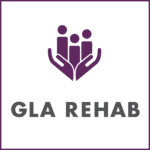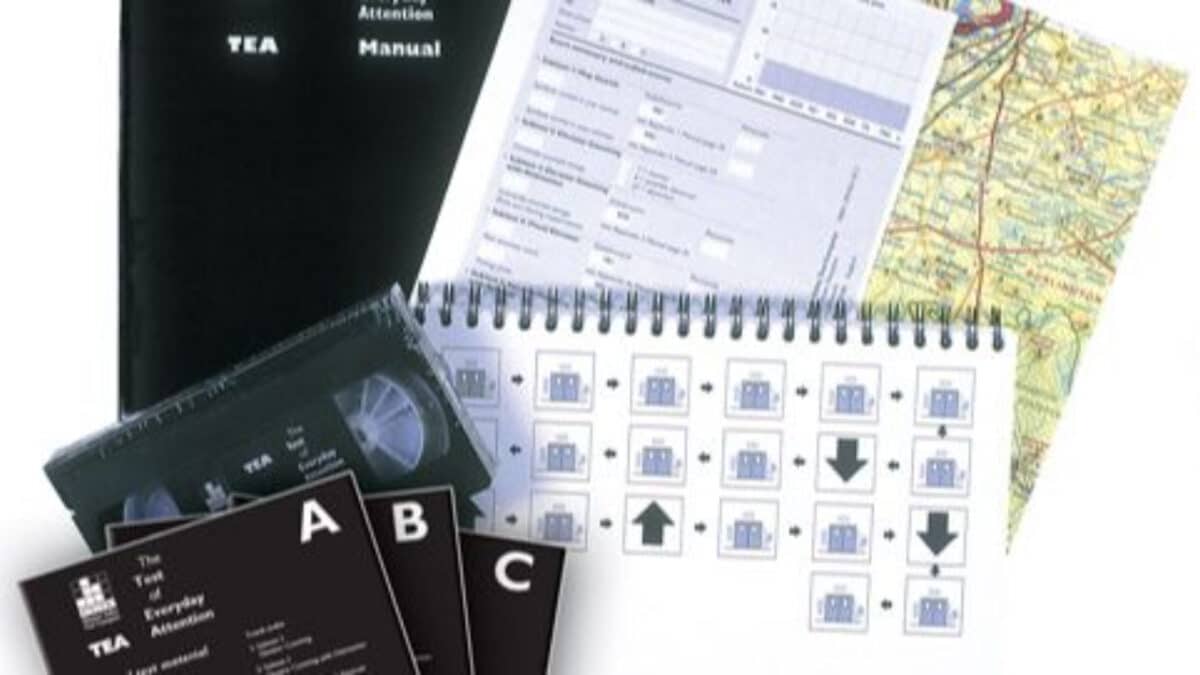Success Story: Helping a client gain insight following a TBI

Lack of insight or “Anosognosia” in survivors of Traumatic Brain Injury (TBI) can result in significant rehabilitation challenges. When a lack of insight is present, it can be difficult for the treatment team to help the survivor “buy-in” to the therapeutic process.
When a survivor is unaware of a problem there is no motivation to change the behaviour or situation. This can result in prolonged treatment that is less effective inhelping the survivor regain independence and participation in meaningful activities.
In this success story, we are providing a case study of how a treatment team including occupational therapy, physiotherapy and a rehab support worker from Galit Liffshiz & Associates successfully used a multidisciplinary, community based approach to treat an adult male, with a moderately-severe head injury and very limited insight into his cognitive deficits.
Like many GLA clients, the client participated in an intensive treatment program aimed at improving physical and cognitive deficits. During occupational therapy and rehab therapy treatment sessions, the client would participate in cognitive retraining exercises and was provided with instructions on compensatory cognitive strategies.
Due to the client’s brain injury, he lacked insight into his cognitive impairments which reduced the carry-over of learning between treatment sessions.
The client, did not fully “believe” that he required cognitive rehabilitation and did not regularly follow through with treatment suggestions and strategies between treatment sessions. He was complaining during treatment sessions.
As a result, each session was a bit like “starting over” and the therapists needed to repeat information and strategies over and over again. The client was starting to become frustrated.
After a few initial treatment sessions the therapists met to develop a strategy to help him develop more insight. The main idea was that ALL OF THE THERAPISTS had to start using the same strategies and send the same message.
Here is what they came up with:
- Specific and relevant therapeutic challenges in the community context: By practicing activities that used to be easy for the client before his injury, such as buying groceries or using a bank machine, the team was able to provide “evidence” to the client that some aspects of cognitive functioning were more difficult than they used to be.
- Encouragement of mistake-making in a supportive environment: The purpose of highlighting difficulties was not to discourage or upset the client, but rather to help him understand how therapy would be helpful to him. This approach should only be used by rehabilitation professionals who are able to “frame the mistakes” in a positive way that is motivating to the client.
- Consistent messaging between the treatment providers: The therapists stayed in close contact with each other and delivered the same messages to the client in a positive way that promoted increased insight and awareness.
Now, a few months later, the therapists agree that this approach has successfully helped the client gain insight into his cognitive deficits. His “buy-in” to treatment has increased and he is less frustrated.
While the client continues to require ongoing treatment to improve cognitive deficits, he has increased his insight into his cognitive limitations and carryover of learned cognitive strategies between sessions has improved.
The treatment team and the client are motivated to continue working toward his rehab goals!
For more information about Galit Liffshiz and Associates, visit our website.

